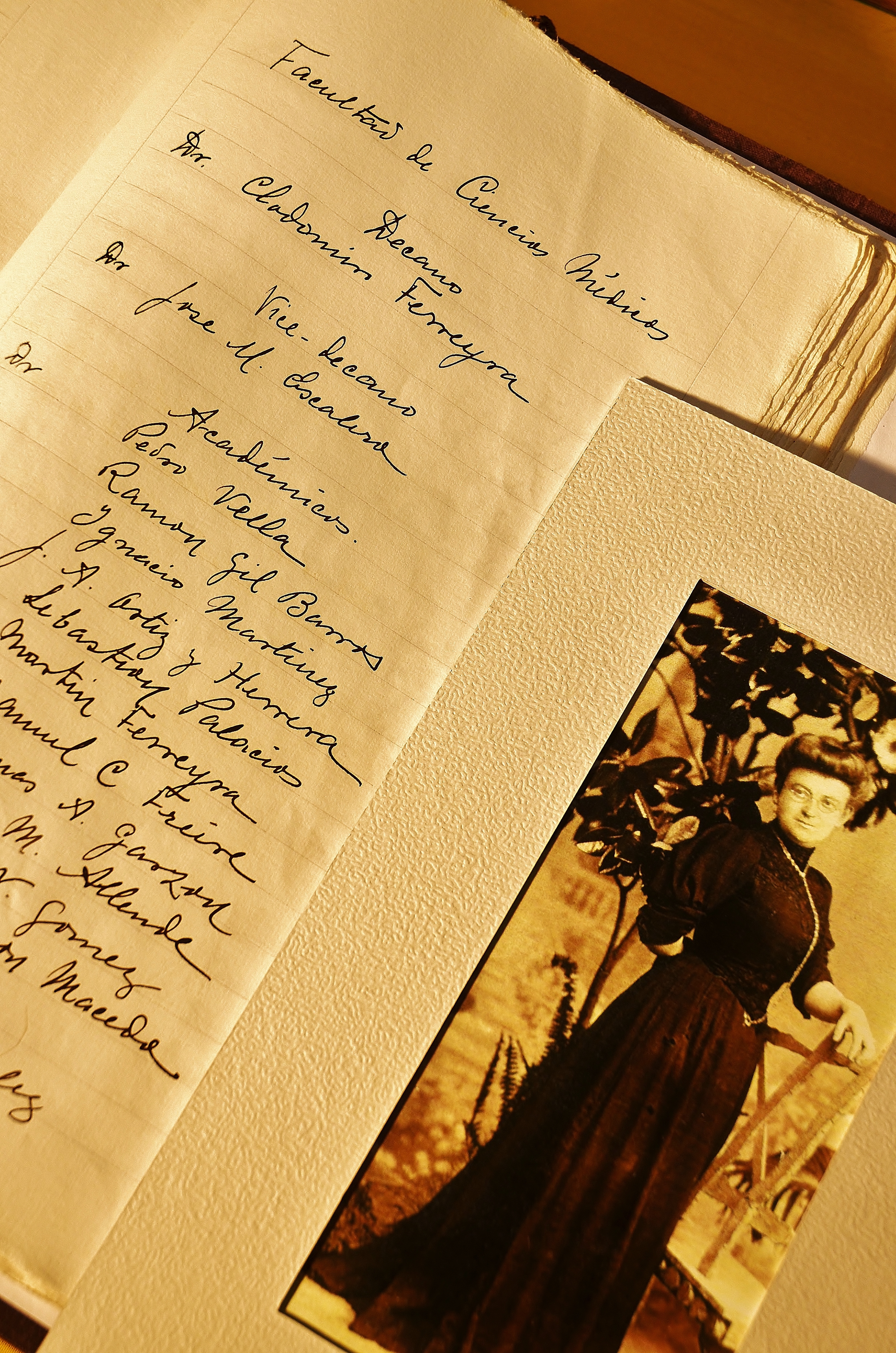Nomenclature and diagnosis of amyloidosis from a historical perspective
DOI:
https://doi.org/10.31053/1853.0605.v78.n1.25202Keywords:
amiloidose, historia, amilóideAbstract
Introduction: Amyloidosis is a rare chronic disease, characterized by extracellular deposition of fibrillar proteins in various organs and tissues. The clinical manifestations are based on the site of the deposits and the precursor protein involved. The main diagnostic tool is clinical suspicion. The prognosis is usually bleak. The objective of this study is to describe the events that happened over time to reach what we know today as amyloidosis.Materials and methods: an exploratory, narrative, historical study was carried out. Primary sources and affected documentary sources were reviewed. Development: The first descriptions of patients with amyloidosis date from the mid 1600 AD. These were anatomical descriptions, reported from autopsies of patients. The first approximations to the diagnosis were through stains with iodine and anilines, finally reaching X-ray diffraction, and microscopy with polarized light under staining with Congo red. Conclusions: Despite being a nosological entity known for four centuries, the difficulties to characterize the origin and understand the pathophysiology of amyloidosis still remain. For decades there were controversies about the nomenclature and the nature of amyloid material. The diagnosis and management of this disease follow the control of advances in technology, currently being a challenge in the management of patients suffering from amyloidosis.
Downloads
References
Lado Lado FL. Ferreiro Regueiro M. J. Cabana González B. Díez Díez V. Maceda Vilariño S.Antúnez López J. R. Amiloidosis. Med Integr. 2000; 36(4):137–41.
Kyle RA. Amyloidosis: a convoluted story. Br J Haematol. 2001 Sep;114(3):529-38. doi: 10.1046/j.1365-2141.2001.02999.x.
Doyle L. Lardaceous disease: some early reports by British authors (1722-1879). J R Soc Med. 1988 Dec;81(12):729-31. doi: 10.1177/014107688808101217.
Cohen A.S. General Introduction and a Brief History of Amyloidosis. In: Marrink J., Van Rijswijk M.H. (eds) Amyloidosis. 1986. Springer, Dordrecht. doi: 10.1007/978-94-009-4309-4_1.
Cohen AS. Amyloidosis. N Engl J Med. 1967 Sep 7;277(10):522-30 contd. doi: 10.1056/NEJM196709072771006.
Wilks S. Guyʼs Hospital Reports. Am J Med Sci. 1866;51: 489-97.
Puchtler H, Sweat F. A review of early concepts of amyloid in context with contemporary chemical literature from 1839 to 1859. J Histochem Cytochem. 1966 Feb;14(2):123-34. doi: 10.1177/14.2.123.
Aterman K. A historical note on the iodine-sulphuric acid reaction of amyloid. Histochemistry. 1976 Oct 22;49(2):131-43. doi: 10.1007/BF00495677.
Cohen AS, Shirahama T. Amyloidosis: Cause and Manifestation of Senile Deterioration. JAMA. 1970;213(12):2085. doi: 10.1001/jama.1970.03170380059029.
Philip Schwartz, M.D., Charles C. Thomas Co. Amyloidosis: Cause and manifestation of senile deterioration. Exp Gerontol. 1970;5(3):271-95. doi: 10.1016/0531-5565(70)90048-3.
Kirschberg GJ. Amyloidosis Cause and Manifestation of Senile Deterioration. Arch Neurol. 1970;23(6):576. doi:10.1001/archneur.1970.00480300098017
Discombe G. Congo-red Solutions for Intravenous Injection Br Med J 1949; 2 :1230.
Lanari A, Patalano A, Soubrie A. Die Schnelligkeit der Kongorot-Adsorption "in vivo" durch die Amyloidsubstanz (ihr Nachweis durch Sondierung der suprahepatischen Vene) [Rate of Congo red adsorption by amyloid substance in vivo (demonstration by catheterization of the suprahepatic vein)]. Dtsch Med Wochenschr. 1951 Jun 1;76(22):730-2. Undetermined Language. doi: 10.1055/s-0028-1116784.
Maccuish RK. Fatal reaction following the intravenous injection of congo red. Br Med J. 1957 Jun 15;1(5032):1403. doi: 10.1136/bmj.1.5032.1403.
Van Bogaert L. Paul Divry (1889-1967). J Neurol Sci. 1967;5:(1) 191–2. doi: 10.1016/0022-510X(67)90019-6.
Biancalana M, Koide S. Molecular mechanism of Thioflavin-T binding to amyloid fibrils. Biochim Biophys Acta. 2010 Jul;1804(7):1405-12. doi: 10.1016/j.bbapap.2010.04.001.
Howie AJ, Brewer DB, Howell D, Jones AP. Physical basis of colors seen in Congo red-stained amyloid in polarized light. Lab Invest. 2008 Mar;88(3):232-42. doi: 10.1038/labinvest.3700714.
Vassar PS, Culling CF. Fluorescent stains, with special reference to amyloid and connective tissues. Arch Pathol. 1959;68: 487–498.
Bonar L, Cohen AS, Skinner MM. Characterization of the amyloid fibril as a cross-beta protein. Proc Soc Exp Biol Med. 1969 Sep;131(4):1373-5. doi: 10.3181/00379727-131-34110.
Cohen AS, Calkins E. Electron microscopic observations on a fibrous component in amyloid of diverse origins. Nature. 1959 Apr 25;183(4669):1202-3. doi: 10.1038/1831202a0.
Skinner M. Westermark P. Alan S. Cohen 1926–2018. Amyloid. 2018;25 (4):73–4. doi: 10.1080/13506129.2018.1481621.
Kyle RA, Bayrd ED. "Primary" systemic amyloidosis and myeloma. Discussion of relationship and review of 81 cases. Arch Intern Med. 1961 Mar;107:344-53. doi: 10.1001/archinte.1961.03620030032004.
Eanes ED, Glenner GG. X-ray diffraction studies on amyloid filaments. J Histochem Cytochem. 1968 Nov;16(11):673-7. doi: 10.1177/16.11.673.
Eriksen N, Ericsson LH, Pearsall N, Lagunoff D, Benditt EP. Mouse amyloid protein AA: Homology with nonimmunoglobulin protein of human and monkey amyloid substance. Proc Natl Acad Sci U S A. 1976 Mar;73(3):964-7. doi: 10.1073/pnas.73.3.964
Levin M, Franklin EC, Frangione B, Pras M. The amino acid sequence of a major nonimmunoglobulin component of some amyloid fibrils. J Clin Invest. 1972 Oct;51(10):2773-6. doi: 10.1172/JCI107098.
Hermodson MA, Kuhn RW, Walsh KA, Neurath H, Eriksen N, Benditt EP. Amino acid sequence of monkey amyloid protein A. Biochemistry. 1972 Aug 1;11(16):2934-8. doi: 10.1021/bi00766a002.
de Bruyn RS, Stern RO. A case of the progressive hypertrophic polyneuritis of dejerine and sottas, with pathological examination. Brain. 1929 Apr; 52(1): 84–107. doi: 10.1093/brain/52.1.84.
Andrade C. A peculiar form of peripheral neuropathy; familiar atypical generalized amyloidosis with special involvement of the peripheral nerves. Brain. 1952 Sep;75(3):408-27. doi: 10.1093/brain/75.3.408.
Costa PP, Figueira AS, Bravo FR. Amyloid fibril protein related to prealbumin in familial amyloidotic polyneuropathy. Proc Natl Acad Sci U S A. 1978 Sep;75(9):4499-503. doi: 10.1073/pnas.75.9.4499.
Soyka, I. Ueber das Verhältniss des Acidalbumins zum Alkalialbuminat. Pflüger, Arch. 1876; 12, 347–77. doi: 10.1007/BF01640213.
Published
How to Cite
Issue
Section
License
Copyright (c) 2021 Universidad Nacional de Córdoba

This work is licensed under a Creative Commons Attribution-NonCommercial 4.0 International License.
The Faculty of Medical Sciences Journal (RFCM) subscribes to the Open Access policy and does not charge authors fees for publishing, nor does it charge readers fees for accessing published articles (APC).



